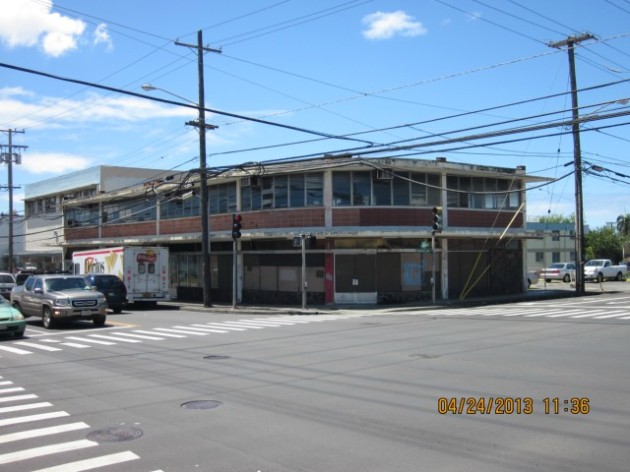Sales Comparison, Adjustments, and Paired Sales
August 23, 2013
This video looks at the sales comparison approach that appraisers use as the primary method to value real estate.
A few appraisal terms that are used in the video are:
Sales Comparison Approach
A comparative approach to value that considers the sales of similar or substitute properties and related market data and establishes a value estimate by processes involving comparison. In general, a property being valued (a subject property) is compared with sales of similar properties that have been transacted in the open market. Listings and offerings may also be considered. A general way of estimating a value indication for personal property or an ownership interest in personal property, using one or more methods that compare the subject to similar properties or to ownership interests in similar properties. This approach to the valuation of personal property is dependent upon the Valuer’s market knowledge and experience as well as recorded data on comparable items.
Adjustments
Mathematical changes made to basic data to facilitate comparison or understanding. When dollar adjustments are used, individual differences between comparables and the subject property are expressed in terms of plus or minus dollar amounts; with percentage adjustments, individual differences are reflected in plus or minus percentage differentials.
Paired Data Analysis
A quantitative technique used to identify and measure adjustments to the sale prices or rents of comparable properties; to apply this technique, sales or rental data on nearly identical properties is analyzed to isolate and estimate a single characteristic’s effect on value or rent. Often referred to as paired sales analysis.
Adjustment Grid
A table used to display comparable data and facilitate adjustment of differences in elements of comparison.
Comparables
A shortened term for similar property sales, rentals, or operating expenses used for comparison in the valuation process. In best usage, the thing being compared should be specified, e.g., comparable sales, comparable properties, comparable rents.
All Definitions Sourced From: Appraisal Institute, The Dictionary of Real Estate Appraisal, 5th ed. (Chicago: Appraisal Institute, 2010).
If you have any questions or comments, please leave them in the comments box below.
Aloha, Chris





Recent Comments